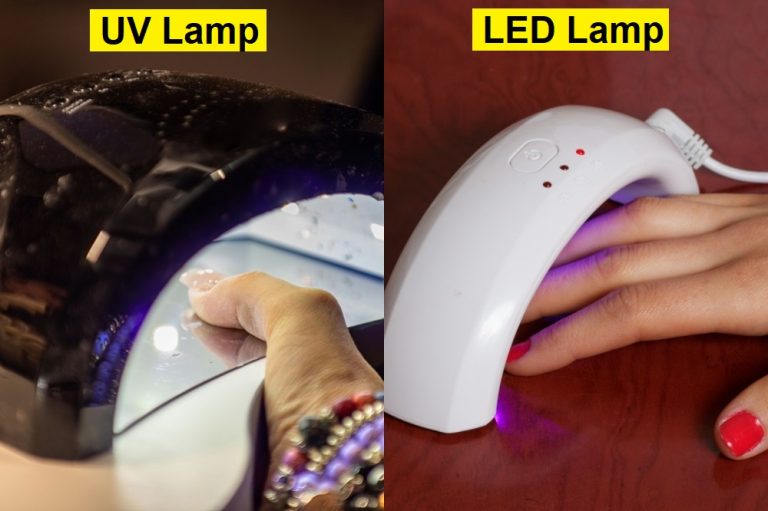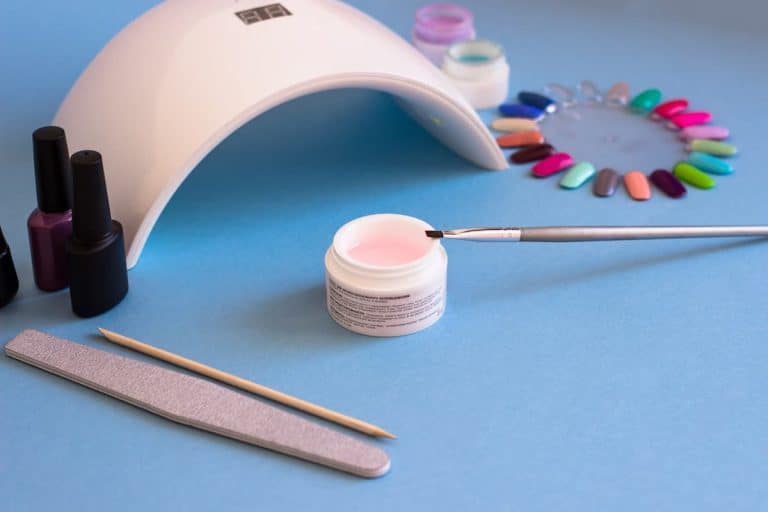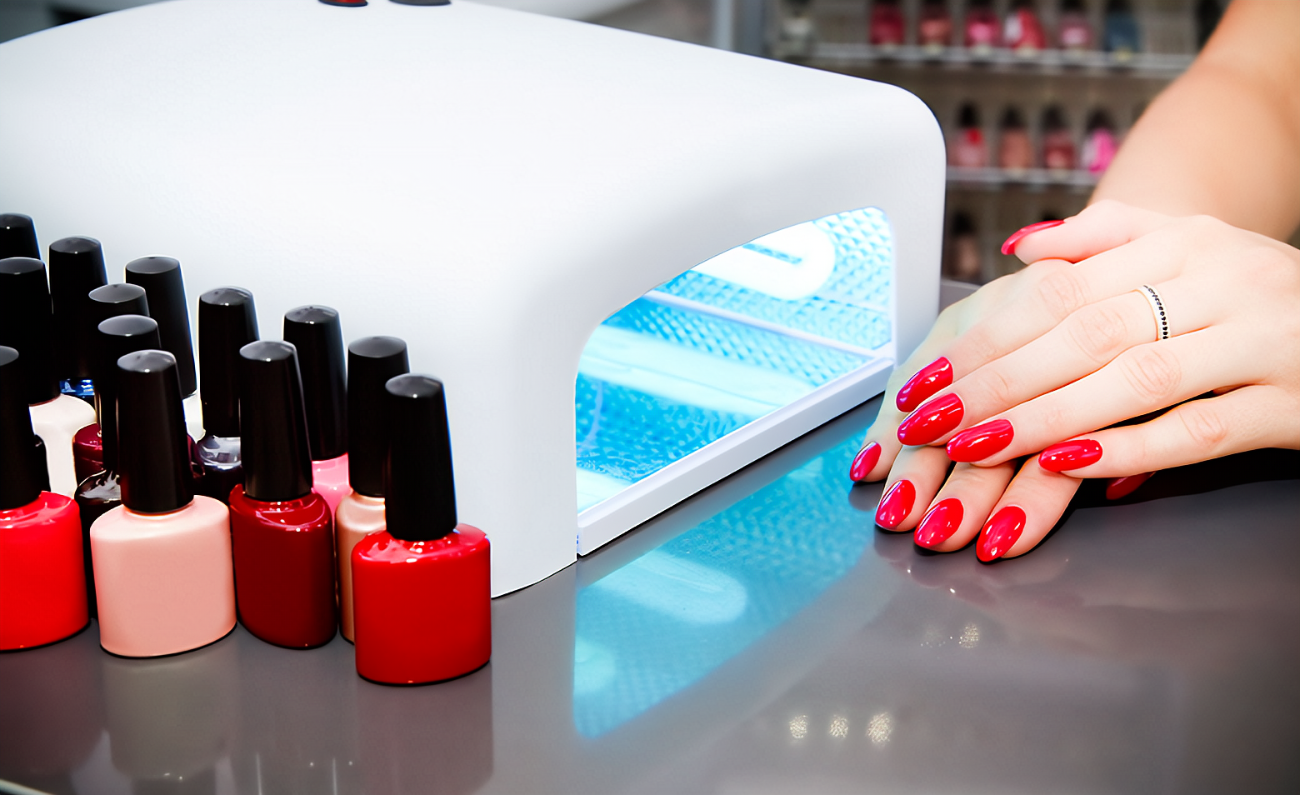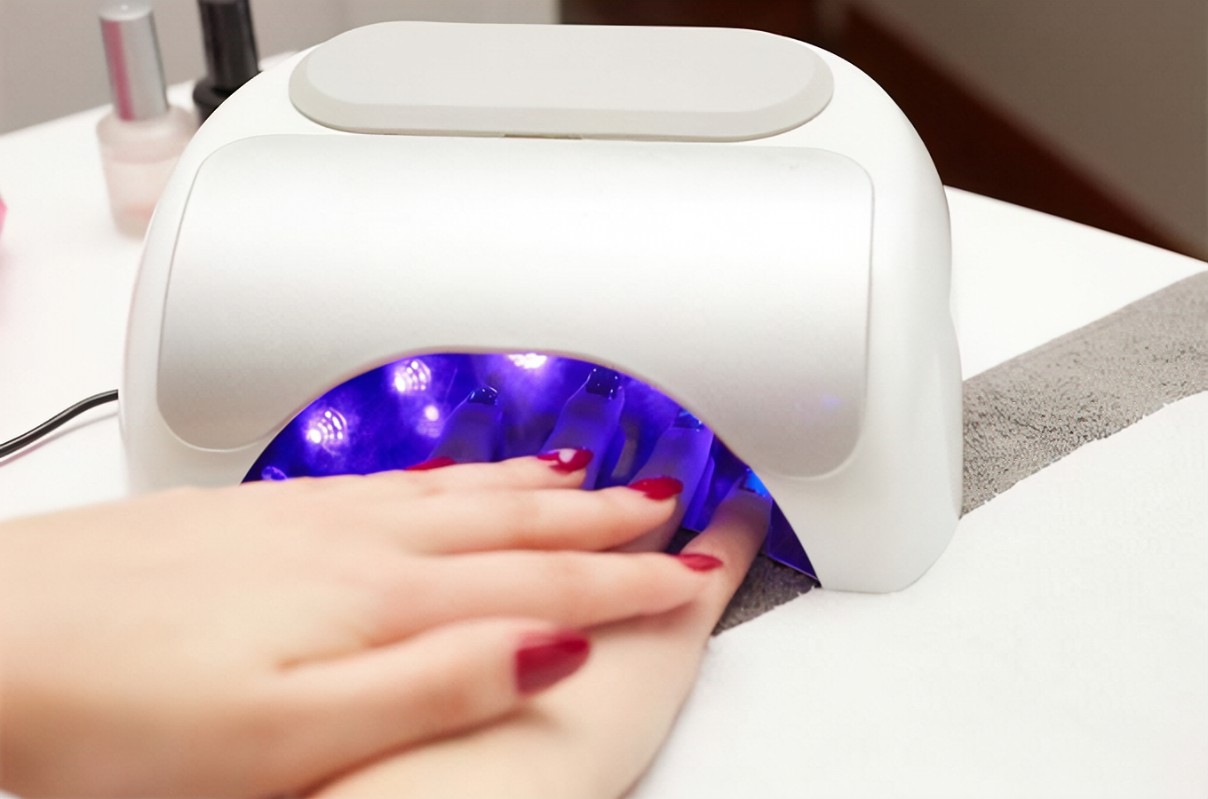Are LED and UV nail lamps interchangeable, or do they bring distinct benefits to your nail care routine? In this exploration, we delve into the fundamental disparities between LED and UV nail lamps. Understanding their operational principles, unraveling the chemistry behind nail reactions, comparing the efficacy of manicure results, evaluating safety aspects, and ultimately guiding you on selecting the most suitable option – this comprehensive guide aims to shed light on the nuances of LED and UV nail lamps. Let’s embark on a journey to decode the secrets behind these essential tools for a flawless manicure.
LED and UV Lamps’ Operational Principles
Understanding the fundamental workings of LED and UV nail lamps is crucial for achieving the perfect manicure. Let’s delve into the core principles that define these essential tools.
1.1 Types of Light Sources
LED (Light Emitting Diode) and UV (Ultraviolet) lamps employ different light sources to cure nail products. Here’s a breakdown of their key characteristics:
| Light Source | LED Lamps | UV Lamps |
|---|---|---|
| Type | Semiconductor diodes | Low-pressure mercury-vapor lamps |
| Wavelength | Narrow and specific wavelengths | Broad spectrum of UV wavelengths |
| Intensity | Instantaneous high intensity | Continuous moderate intensity |
LED lamps use semiconductor diodes that emit light at specific wavelengths, while UV lamps rely on low-pressure mercury-vapor lamps with a broader UV spectrum.
1.2 Radiation Modes
Understanding how these lamps emit radiation is crucial for ensuring an effective and safe manicure experience.
- LED Lamps: Emit visible light, and a small fraction of UV-A radiation.
- UV Lamps: Emit a significant amount of UV-A and UV-B radiation.
It’s essential to be aware of these differences to make an informed decision based on your preferences and safety considerations. Stay tuned as we continue to unravel the mysteries of LED and UV nail lamps.
Nail Chemistry under Light Exposure
Diving deeper into the realm of manicure science, let’s explore the intricate chemical reactions induced by LED and UV lamps during the nail care process, unraveling their distinct impacts on nail materials.
2.1 Chemical Reactions Overview
Under the influence of light, both LED and UV nail lamps trigger photochemical reactions essential for curing gel-based nail products. Here’s an insight into the key processes:
- LED Lamps: Initiate polymerization reactions by emitting specific wavelengths that match the photoinitiators in gel products.
- UV Lamps: Facilitate polymerization through the absorption of UV-A and UV-B radiation, activating photoinitiators in the gel.
2.2 Effects on Nail Materials
Understanding how these reactions affect nail materials is crucial for achieving long-lasting and aesthetically pleasing results:
| Impact | LED Lamps | UV Lamps |
|---|---|---|
| Drying Time | Rapid curing, shorter drying time | Slightly longer curing time, thorough drying |
| Material Compatibility | Compatible with a wide range of gel formulas | Some formulas may be sensitive to UV exposure |
| Heat Generation | Minimal heat emission | Moderate heat emission |
By comprehending the specific chemistry involved, you’ll be better equipped to choose the right lamp for your manicure needs. Stay tuned as we explore further nuances in our journey through LED and UV nail lamps.
Comparing Effects of LED and UV Nail Lamps
When it comes to achieving that impeccable manicure, understanding the differences in the effects of LED and UV nail lamps is key. Let’s compare and contrast their impact on manicure outcomes, considering factors such as drying time and light wavelength.
3.1 Drying Time
One of the critical aspects users often consider is how quickly the nail products cure and dry. Here’s a breakdown of drying time for LED and UV lamps:
- LED Lamps: Known for their rapid curing capabilities, reducing drying time significantly.
- UV Lamps: While effective, they may require a slightly longer curing time compared to LED counterparts.
3.2 Light Wavelength
The spectrum of light emitted by these lamps plays a crucial role in the curing process. Understanding the differences in light wavelength is essential:
- LED Lamps: Emit narrow and specific wavelengths, matching the requirements of photoinitiators in gel products.
- UV Lamps: Produce a broader spectrum of UV-A and UV-B wavelengths, influencing the curing process.
By considering these factors, you can choose the lamp that aligns with your preferences and time constraints. Stay with us as we delve deeper into the nuanced comparison between LED and UV nail lamps.
Safety Assessment of LED and UV Nail Lamps
Ensuring the safety of your nail care routine is paramount. Let’s delve into the safety considerations associated with LED and UV nail lamps, exploring factors such as radiation levels and recommended usage times.
4.1 Radiation Levels
Understanding the potential exposure to radiation during the manicure process is crucial for maintaining your skin and nail health:
- LED Lamps: Emit minimal UV radiation, primarily in the UV-A range, posing lower risks of skin damage.
- UV Lamps: Emit a higher intensity of UV-A and UV-B radiation, requiring cautious use to prevent overexposure.
4.2 Recommended Usage Time
To optimize safety, it’s essential to adhere to recommended usage times:
- LED Lamps: Generally considered safe for extended use due to lower heat emission and reduced UV exposure.
- UV Lamps: Users are advised to adhere to recommended exposure times and consider breaks to minimize the risk of skin and eye irritation.
By prioritizing safety considerations, you can enjoy a worry-free and stylish nail care experience. Stay tuned as we continue our exploration into the world of LED and UV nail lamps.
Choosing Between LED and UV Nail Lamps
As you embark on the journey to enhance your manicure experience, the decision between LED and UV nail lamps becomes pivotal. Let’s guide you through the selection process, considering your individual needs, budget, and frequency of use.
5.1 Personal Needs Assessment
Understanding your specific requirements is the first step in making the right choice:
- LED Lamps: Ideal if you prioritize faster drying times and versatility with various gel formulas.
- UV Lamps: Suited for those who value a more traditional approach with a slightly longer curing process.
5.2 Budget Considerations
Evaluate your budgetary constraints and determine the investment you’re willing to make:
- LED Lamps: Often available in a range of prices, offering options for different budget levels.
- UV Lamps: Generally cost-effective, providing an economical choice for users.
5.3 Frequency of Use
Consider how frequently you’ll be using the nail lamp:
- LED Lamps: Efficient for frequent use, thanks to rapid curing and lower heat emission.
- UV Lamps: Suitable for occasional users who may not mind a slightly longer curing time.
By weighing these factors, you can make an informed decision tailored to your preferences and lifestyle. Stay with us as we conclude our comprehensive guide on LED and UV nail lamps.




